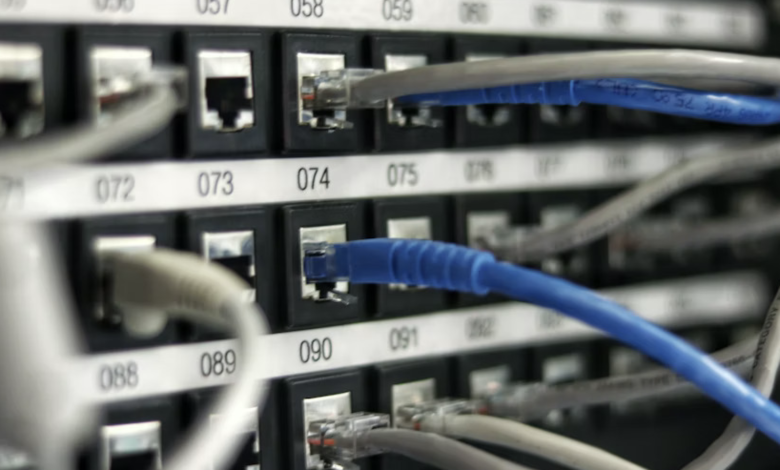
Energy costs are rising. The Earth’s temperature is rising. The business context for sustainability is rising. And crucially, infrastructure & operations (I&O) leaders are under increasing pressure to make their data centre operations cost-efficient and environmentally sustainable and ultimately reduce the overall environmental footprint.
There are three crucial considerations for I&O leaders to do this and reduce costs and make their data centres eco-friendly in the next few years.
1. Running a Cost-Effective Data Centre
Avoid wasting value through the premature replacement of IT infrastructure, by using real-time health analytics to maximise the useful life of data centre assets. On-premise data centres and cloud providers are extending infrastructure lifecycles from 3-5 years and 5-7 years to help maximise OPEX cycles and reduce CAPEX investments tied to refresh.
Above all, the most-effective way that sustainability can reduce costs is through greater energy efficiency and optimised power consumption. The price of natural gas has increased by 700% since mid-2020, so identify where and how data centre infrastructure can be optimised to consume less power without hindering necessary business operations.
To reduce costs, assess server utilisation. It is often less than 50%, if not as low as 20%; however, electricity is consumed 24/7. Consolidating and removing unneeded hardware should be considered because decommissioning a single server can save $500 in energy, $500 in operating system licenses, and $1,500 in hardware maintenance costs annually.
Higher-efficiency cooling techniques can be put into places, such as hot aisle/cold aisle configuration, filtered free air cooling, computational fluid dynamics analysis of airflow, or liquid cooling technologies. Consider colocation to reduce or close data centres that are underutilised, inefficient, or located in areas where “greener” energy sourcing is problematic.
Using storage in various ways can reduce power consumption and enhance reliable, space-sensitive and cost-effective management of the growing active and deep-but-accessible archives. Improving server and storage consolidation and storage density, as well as choosing less-power-hungry options, such as flash, instead of spinning disks, can have an outsized effect.
2. Making Your Data Centres Eco-Friendly
A sustainable and eco-friendly data centre is both energy-efficient and environmentally friendly. This means introducing a strategy to reduce the organisation’s carbon footprint (greenhouse gas emissions), water consumption, resource utilisation and e-waste management in data centres.
Organisations can minimise greenhouse gas (GHG) emissions from data centres by investing in suitable GHG emissions offsetting programs rather than just depending on supply chain checks, or established token programs. Implementing a circular economy strategy and program by recycling materials to extend their life assets, harvesting parts, refurbishing, and recovering valuable and environmentally sensitive materials.
A circular economy program can ultimately help reduce carbon emissions from equipment manufacturing that makes up nearly half of IT’s carbon footprint in most organisations. In addition, it can have a two-fold result as it also scales back e-waste.
Water plays an essential role in cooling data centres, so consider using water usage effectiveness (WUE) to track all sources of water used to cool data centres and move water consumption for cooling systems from potable mains fed to grey water sources, such as seawater, recycled water or rainwater collection systems. Additionally, immersion cooling systems could be used to deliver sustainability and deploy higher levels of computing capability to strategic locations than is possible with conventional air-cooled racks.
3. Reducing Environmental Impact Beyond Data Centres
There is increasing pressure to deliver sustainable IT infrastructure and operations, but without guidance on where to begin. There is no universal standard that exists for reporting progress on sustainability goals in IT and measurement frameworks to vary by region, industry and level of ambition. There are three key steps to kick off environmental sustainability goals.
First, create the baseline footprint of I&O by aggregating and tracking data such as server/storage utilisation, the power usage effectiveness (PUE) of their internal data centre or the one from their cloud service provider, and the number of end-user devices per employee.
Next, establish specific and measurable IT sustainability goals and measure progress. The goals can be set around realistic targets for emissions reduction or zero waste based on the organisation’s unique data. They manage their advancement by setting milestones that ensure continuous progress on goals and remembering that sustainable business is a marathon, not a sprint.
Third and finally, optimise sustainability processes and partnerships by defining a framework of accountability and formalising policies across people, processes, technologies, and businesses.
At the people level, put in place formal staff development in sustainable practices, and training programs. At the technology level, initiate a reuse and recycling policy and define acceptable waste streams. At the business level, implement SLAs with sustainable IT metrics, such as incremental energy spent per additional service level.
Gartner analysts are sharing advice on how to build or maintain environmentally sustainable data centres at the Gartner IT Infrastructure, Operations & Cloud Strategies Conferences taking place in London between 20-21 November 2023.




